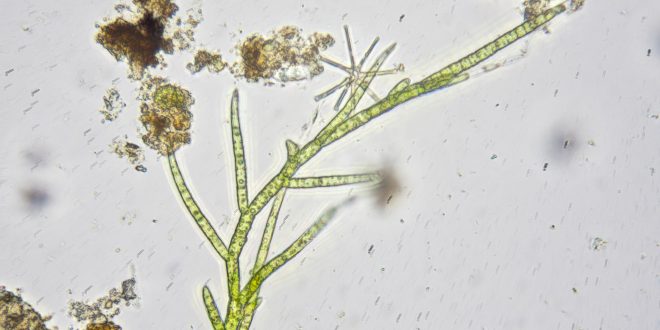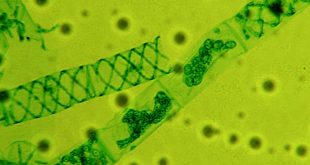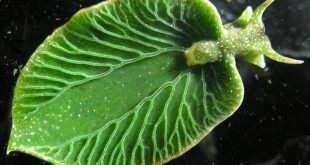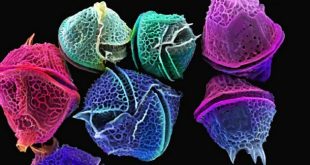Development of algal vegetative and reproductive part in multicellular algae by cell division resulting in complex and large structure is known as algal growth. But in case of unicellular algae simple increase in size in the body results in growth of the cell. E.g. Chlamydomonas (unicellular algae).
Basically there are two types of algal growth pattern in algae. They are-
- Diffused or generalized growth pattern.
- Localized growth pattern.
Diffuse or Generalized Growth
Growth of algae where all portion of algae grow similarly is diffuse kind of growth. It is a primitive type of growth pattern. In this case, growth or cell division occurs on every part of the algae rather at a specific place. Here every cell of the thallus is capable of cell division.
This is of four types.
- Transverse
- Transverse and longitudinal
- Transverse and oblique
- Heterotrichous
Transverse division
Transverse division results in the growth of the algae in length. Cells divide transversely which causes the length increase. This pattern is generally seen in filamentous algae. E.g Spirogyra, Oscillatoria, Ulothrix etc.
Transverse and longitudinal division
This type of division results into leaf like structure. Two types of arrangement in cell under microscope are seen. They cause increase in both length and width i.e. they grow both longitudinally and transversely.
Transverse and oblique division
Cladophora and Pithophora show this kind of growth. The transverse division causes increase in length and the oblique division forms oblique branches in thalloid body of the algae.
Heterotrichous division
In this pattern of growth, both erect and prostrate part arise. E.g. Stigeoclonium, Coleochaete, Fritschiella, Haplosiphon etc.
Localized Growth Pattern
Best safe and secure cloud storage with password protection
Get Envato Elements, Prime Video, Hotstar and Netflix For Free
Best Money Earning Website 100$ Day
#1 Top ranking article submission website
In case of localized pattern of growth, growth is restricted to certain parts of the body. This pattern is more advanced type because growth remains restricted.
This is of five types.
- Apical
- Basal
- Intercalary
- Trichothallic
- Marginal
Apical growth
When growth occurs only by means of apical cell by dividing to form the thallus beneath it, its apical growth. E.g Dictyota, Dictyopteris, Fucus, Chara.
Basal growth
Growth is brought about from the basal celll of bulbose structure of the pointed tip. E.g. Bulbochaete.
Intercalary growth
Growth is localized neither at the base nor at the tip but at one or several loci. E.g. Oedogonium, Laminaria. Growth results in increase of filament in length. New cell arises by cell division which initiates in between two cells that means intercalary.
Trichothallic growth
Here cell divides to form a hair like structure above and thallus below the cell. It is special type intercalary growth that results into indefinite growth. E.g Gloeotrichia.
Marginal growth
Marginal growth results in the increase of algae in diameter. E.g Lithothamnion. Marginal meristematic cells give rise to new cell towards the outer side thus increase in diameter.
| Diffuse growth pattern | Localized growth pattern |
| The growth occurs throughout the body. | When growth is restricted to a certain part of the plant, the pattern is localized. |
| All cells are capable of division. | Cells at restricted portions are capable of division. |
| Not as advanced as localized pattern. | More advanced type. |
This is of four types.
|
This is of five types.
|
| Example: Pithophora | Example: Chara |
Best safe and secure cloud storage with password protection
Get Envato Elements, Prime Video, Hotstar and Netflix For Free
 Plantlet The Blogging Platform of Department of Botany, University of Dhaka
Plantlet The Blogging Platform of Department of Botany, University of Dhaka






Your point of view caught my eye and was very interesting. Thanks. I have a question for you.